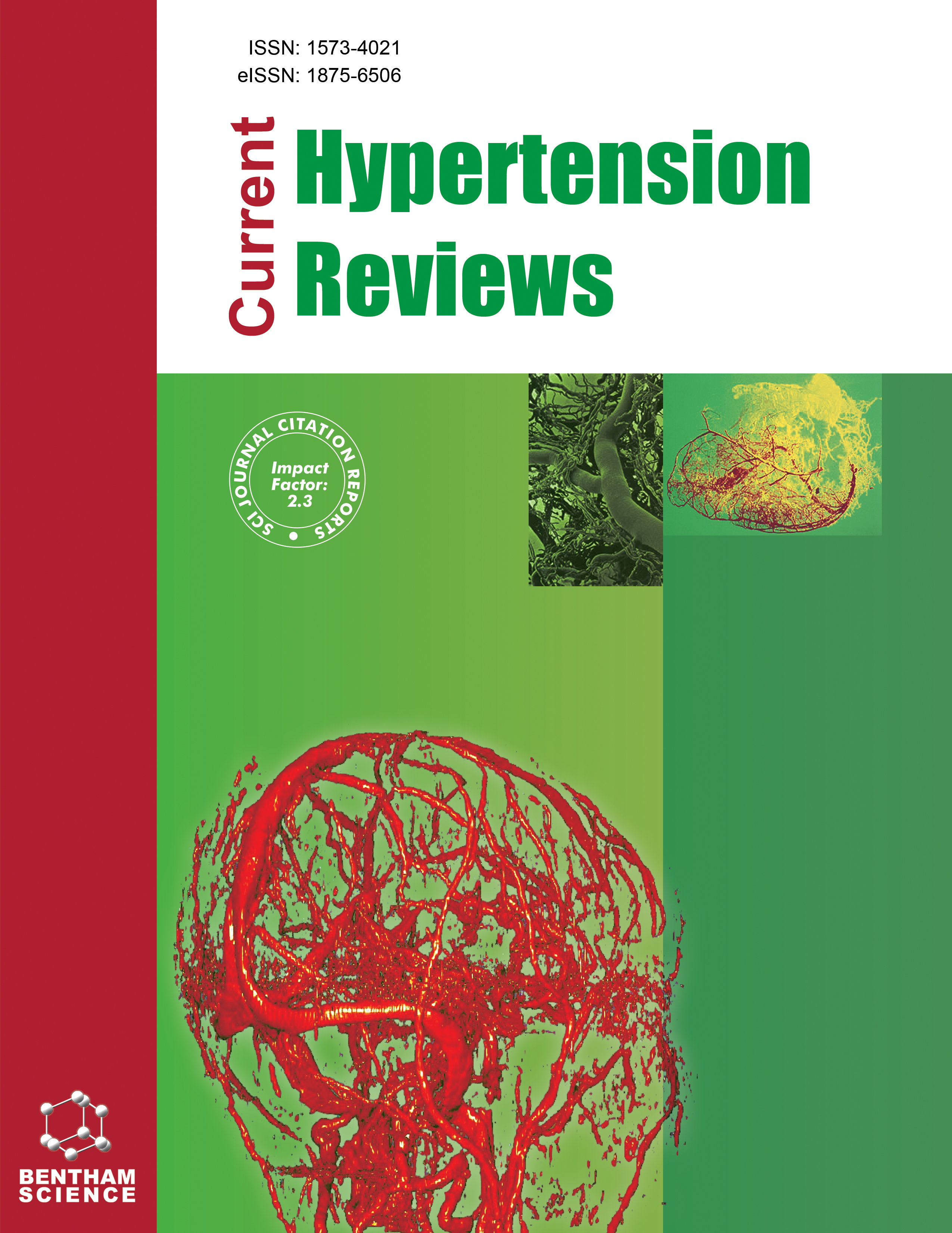
Full text loading...

Hypertension and intracranial hypertension are associated with distinct clinical contexts, encompassing both neurological and cardiovascular implications. Hypertension induces significant structural and functional alterations in cerebral arteries, such as vascular wall thickening, increased arterial stiffness, reduced vascular compliance, and endothelial dysfunction, all of which can contribute to elevated intracranial pressure. These vascular changes may impair the integrity of the blood-brain barrier and disrupt cerebral autoregulation, thereby diminishing the brain’s ability to effectively regulate cerebral blood flow in response to physiological demands. The persistence of these dysfunctions over time may increase the risk of neurological outcomes, including stroke, cerebral edema, and cognitive impairment. Intracranial hypertension in turn may remain subclinical in patients with chronic hypertension, particularly when there is a gradual loss of intracranial compliance. This potential link highlights the need for further studies on the topic. Emerging evidence points to advances in noninvasive techniques for intracranial hypertension assessment, which may enable the early identification of altered intracranial dynamics and promote broader clinical application. Although the association between hypertension and intracranial hypertension has not yet been fully elucidated, the literature suggests overlapping mechanisms that may be clinically relevant. Combined assessment of blood pressure and intracranial parameters could represent a complementary strategy for better understanding cerebrovascular risk in selected populations. In this narrative review, we discuss the potential association between hypertension and intracranial hypertension, emphasizing their pathophysiological connections, contributing risk factors, and potential consequences for brain structure and function. Further research is needed to clarify these associations and their implications in clinical practice.

Article metrics loading...

Full text loading...
References


Data & Media loading...